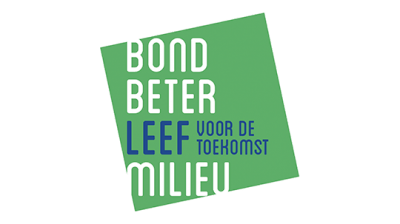Grondbank
Usability of soil materials as raw material for building materials/products
Since 2004, Flanders has had a soil settlement regulation that ensures that excavated soil is reused as much as possible, in contrast to many countries where the soil is often still dumped. More than 95% of excavated soil in Flanders is reused, and it is strictly monitored that this does not cause any soil pollution at the destination, on the one hand through a prior soil investigation (technical report) that maps out the possibilities for use and on the other hand through the follow-up/traceability of the excavated materials.
The current soil settlement regulation focuses almost entirely on the environmental quality of the soil materials and takes little or no account of the potential that these materials have as a raw material for building materials/products.
Nevertheless, in the Vlarebo of Sept 2018, an initial impetus was already given to categorise the soil materials (included in the technical report) according to the geological layer from which they originate. This so-called 'Mineral Testing' aims at estimating the potential of the soil materials that will be released in soil and dredging works as a substitute for primary minerals. This additional information is currently already included in the database of the Grondbank.
This step is a logical continuation of the 'Sustainable reuse of soil materials', which is an important spearhead of Flemish soil policy (anchored by decree since 2008).
A major challenge for a truly circular economy is to ensure that this potential of employable soil materials is also visible to stakeholders. In other words, by ensuring that the supply effectively reaches the producers of building materials/products.
Object of the project
In this project we want to examine, together with the producers of building materials, how the wealth of data - via the technical report included in the database of Grondbank - can serve as a basis for an accelerated circular economy. In doing so, it is necessary to define how this information can become market-supportive.
An essential first step is to analyse the needs of the sector (production of building materials). The aim is to filter out the right and most valuable materials from the large bulk of information and to determine what the level of detail should be. Subsequently, it has to be ascertained whether this can be translated into a workable methodology that the eBSD can use.
The challenge here is to not only consider the geology, but also the other factors that play a role in the usability of excavated soil as an alternative (amount of released material, purity, ...). These factors were examined in an earlier study and will be included.
Grondbank
Partners Overlegcomité Vlaamse Ontginners, BC materials
Topics Recycling & Reuse › Urban Mining › Circular materials and building systems ›
















